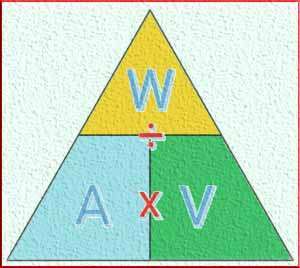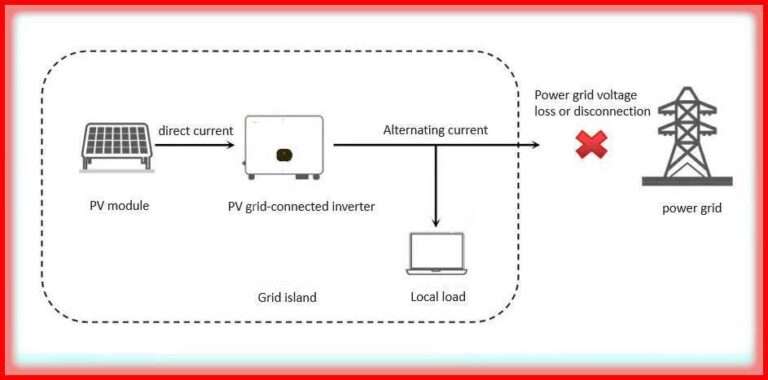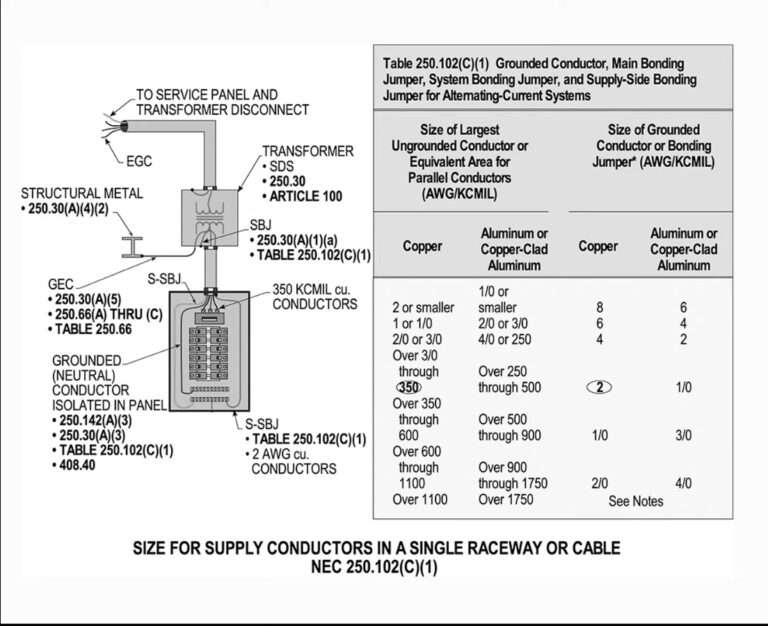Load Computation Calculator: Best Tool
A load computation calculator is a essential tool for accurately determining the total electrical load required for residential, commercial, and industrial setups. This calculation is essential for selecting the appropriate wiring, circuit breakers, and power sources, ensuring electrical safety and efficiency. Whether you are designing a new electrical system or upgrading an existing one, using a load computation calculator helps prevent overloading, voltage drops, and electrical failures.

Table of Contents
Table of Contents
Understanding Load Computation
Load computation refers to the process of calculating the total power demand of electrical devices and appliances in a system. It considers various factors such as the type of load (resistive, inductive, or capacitive), voltage levels, and power factor. Using a load computation calculator, you can determine the exact power requirements and optimize your electrical system accordingly.
A well-calculated load ensures that power distribution is balanced, avoiding unnecessary strain on the system. It also plays a vital role in EV Charger Load Calculation, where an accurate estimation of power demand helps in selecting the right charging station and preventing electrical hazards.
Importance of a Load Computation Calculator
1. Prevents Electrical Overload
Electrical overload occurs when the total power demand exceeds the system’s capacity. A load computation calculator helps in preventing this by providing precise load estimations. This is particularly useful in industries where multiple heavy machines operate simultaneously.
2. Ensures Proper Generator Sizing
When selecting a generator, knowing the total load requirement is essential. A Generator Size Calculator uses load computation data to determine the ideal generator capacity. Oversizing or undersizing a generator can lead to efficiency loss, higher fuel consumption, and increased operational costs.
3. Helps in Proper Wiring Selection
Proper wiring selection is critical in any electrical setup. Using a Wiring Size Calculator, you can match the wire gauge with the required load capacity, ensuring minimal voltage drop and reducing the risk of overheating. This is especially important in What Cable Size for EV Charger applications, where precise calculations are necessary for safe and efficient EV charging.
4. Optimizes Energy Efficiency
By accurately computing electrical loads, unnecessary power wastage can be minimized. This leads to cost savings on electricity bills and contributes to sustainable energy usage. In industries where power consumption is high, optimizing load distribution using a load computation calculator can significantly reduce operational costs.
How to Use a Load Computation Calculator
A load computation calculator simplifies the process of determining electrical loads. Here’s how you can use it effectively:
Step 1: Identify Electrical Loads
List all electrical devices and appliances that will be connected to the system. This includes lighting, heating, cooling, motors, computers, and other power-consuming equipment.
Step 2: Determine Power Ratings
Each device has a specific power rating, usually mentioned in watts (W) or kilowatts (kW). Note these ratings for accurate calculations.
Step 3: Consider Power Factor
Inductive loads such as motors and transformers have a power factor that affects real power consumption. A load computation calculator factors this in to provide more accurate results.
Step 4: Sum Up the Load
Once all power ratings are gathered, add them together to get the total connected load. Ensure to differentiate between continuous and intermittent loads.
Step 5: Calculate Demand Factor
Not all appliances operate at full load all the time. The demand factor helps in estimating the actual power consumption based on usage patterns. A load computation calculator incorporates this factor to give a realistic load estimation.
Step 6: Verify the Results
Compare the computed load with your electrical panel, circuit breaker, and power source capacity to ensure compatibility. If needed, adjustments can be made by redistributing the load or upgrading components.
Applications of Load Computation
1. Residential Load Calculation
Homeowners use a load computation calculator to determine the electrical load required for lighting, kitchen appliances, air conditioning, and other household equipment. This ensures the electrical panel can handle the total load without tripping circuit breakers.
2. Commercial and Industrial Load Computation
Businesses rely on accurate load calculations to prevent power disruptions. Large-scale operations such as manufacturing plants, shopping malls, and data centers require precise load computation to maintain stable power distribution.
3. EV Charger Load Calculation
Electric vehicle (EV) charging stations need accurate load computation to ensure the power supply can handle multiple charging points simultaneously. An EV Charger Load Calculation helps in determining the appropriate circuit size, wiring, and breaker capacity for safe and efficient charging.
4. Generator Sizing for Backup Power
A Generator Size Calculator uses load computation to match the generator’s capacity with actual power demand. This ensures that the generator can handle critical loads during power outages.
5. Cable and Wiring Selection
A Wiring Size Calculator helps in determining the appropriate wire gauge for different applications. Selecting the right cable size is crucial for safety and efficiency, especially in high-power applications like What Cable Size for EV Charger.
Factors Affecting Load Computation
1. Type of Load
Different types of loads affect power demand differently. Resistive loads (heaters, incandescent bulbs) consume power linearly, whereas inductive loads (motors, transformers) require more complex calculations due to their power factor.
2. Voltage Levels
Higher voltage levels reduce current flow, minimizing losses. Load computation takes voltage variations into account to ensure efficiency.
3. Environmental Conditions
Temperature, humidity, and altitude can affect electrical performance. These factors must be considered when performing load computations.
4. Expansion Plans
Future expansion of electrical systems should be considered in load computation. Overestimating the load slightly allows for future upgrades without requiring major modifications.
Choosing the Right Load Computation Calculator
There are various online tools available for load computation. When selecting a load computation calculator, ensure that it:
- Supports different voltage and frequency settings
- Includes demand factor and power factor adjustments
- Provides generator and wiring recommendations
- Is easy to use with a clear interface
Role of EV Charger Manufacturers in Load Computation
With the rise in electric vehicles, EV Charger Manufacturers in the USA are focusing on integrating smart load management systems. These systems use real-time load computation to optimize charging schedules, prevent grid overload, and ensure stable power distribution.
Conclusion
A load computation calculator is an indispensable tool for ensuring electrical safety, efficiency, and cost-effectiveness. Whether you are planning a home electrical setup, a commercial installation, or an EV charging station, accurate load computation prevents overloading, improves power distribution, and enhances system longevity.
Follow Us on Social:
Subscribe our Newsletter on Electrical Insights to get the latest updates in Electrical Engineering.
LoadComputation #ElectricalCalculator #PowerLoad #EnergyCalculation #LoadComputationCalculator #ElectricalEngineering #LoadCalculation #PowerFactor #ElectricityUsage #EnergyEfficiency #CircuitLoad #VoltageDrop #CurrentRating #ElectricalLoad #PowerConsumption





